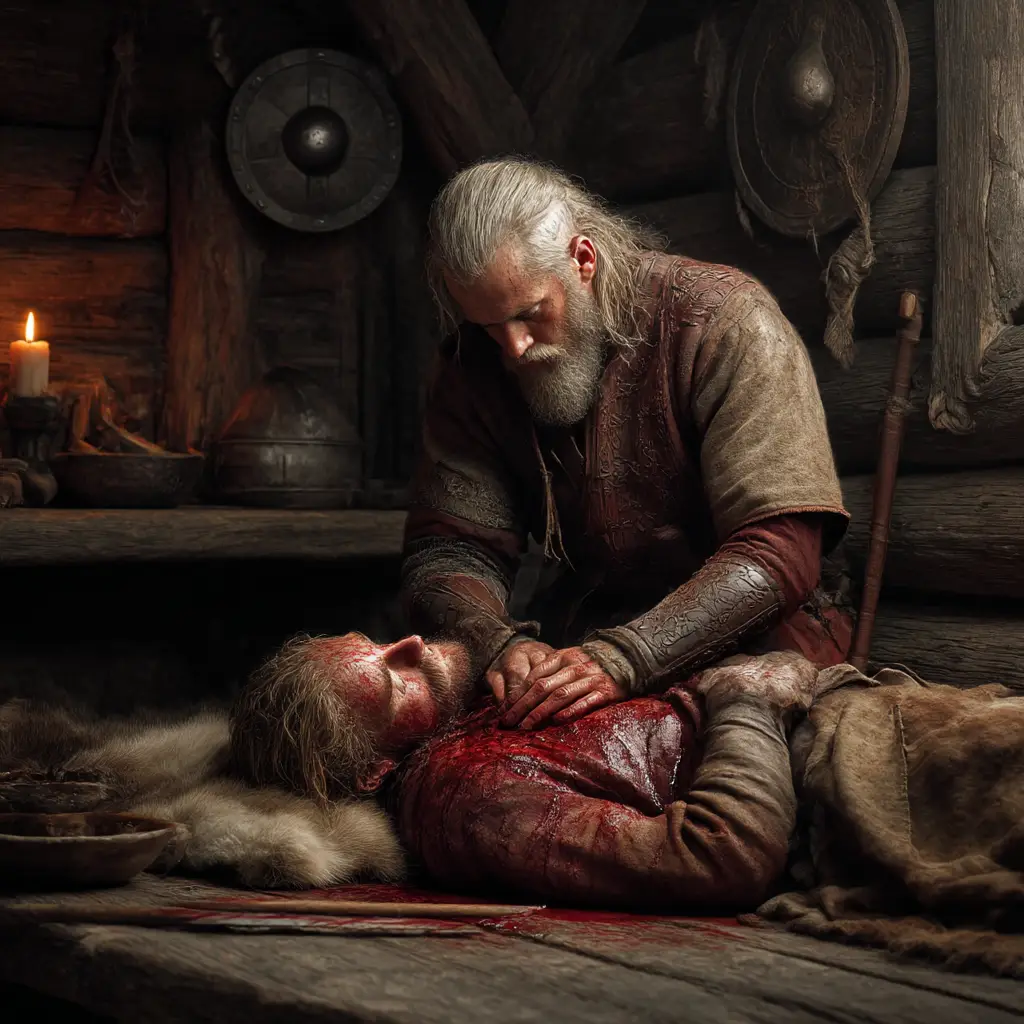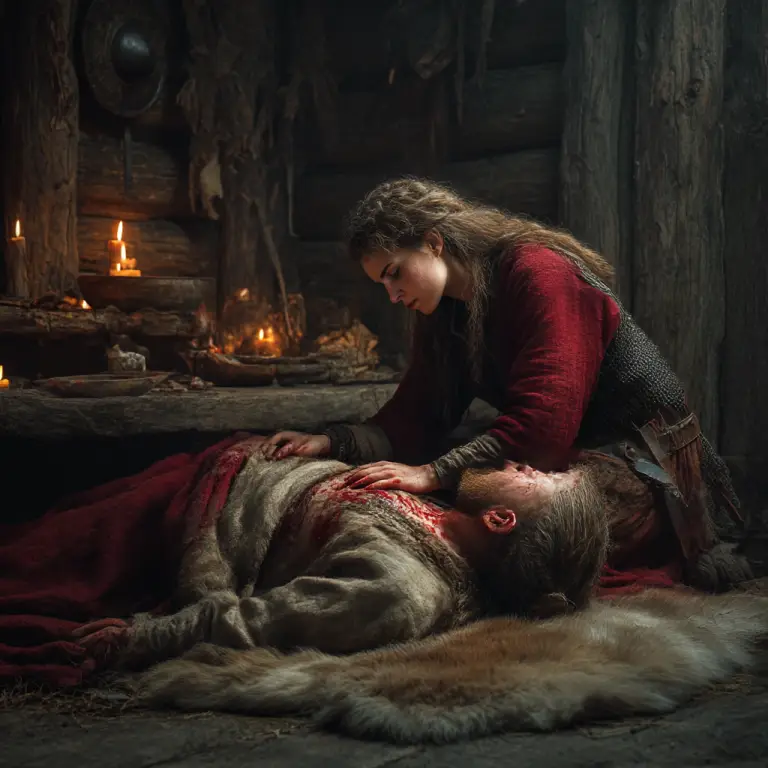The Vikings, while often depicted as fierce warriors and seafarers, also possessed a surprisingly practical understanding of health and medicine for their time. Though rooted in superstition and Norse belief systems, Viking healthcare combined herbal remedies, surgical practices, and traditional knowledge passed down through generations.
General Approach to Health
Viking society valued physical strength and resilience, especially in warriors, but health and healing were important to the wider community. Illness and injury were treated by a combination of natural remedies, spiritual belief, and early medical practices. Responsibility for healthcare often fell to women, particularly those known as læknir (healers) or seiðkona (practitioners of magic), though some male healers are also recorded.
Herbal Remedies and Natural Medicines
Vikings made use of the natural world for medicinal purposes. Herbs, roots, and minerals were gathered and used to treat various ailments:
- Yarrow was used to stop bleeding and promote healing of wounds.
- Willow bark, which contains salicin (similar to modern aspirin), was likely used for pain relief and fevers.
- Juniper berries and garlic had antiseptic properties.
- Honey was widely used on wounds due to its antibacterial effects.
- Nettle, angelica, and thyme were used to treat respiratory issues, stomach troubles, and infections.
These treatments were typically administered as teas, salves, poultices, or infusions.
Wound Care and Surgery
Viking warriors often sustained battle injuries, and there is evidence that they practised forms of early surgery:
- Wounds were cleaned using alcohol or herbal washes.
- Bone-setting was performed for fractures and dislocations.
- Stitches were used to close deep cuts, likely using animal sinew or thread made from plant fibres.
- Trepanation – the drilling of holes into the skull – has been discovered in archaeological remains, possibly to relieve pressure from head trauma.
Tools found in burial sites include forceps, scalpels, tweezers, and probes, indicating a developed approach to minor surgery and medical procedures.
Spiritual and Supernatural Healing
Viking healthcare also relied heavily on spiritual beliefs. Illness was sometimes thought to be caused by curses, spirits, or the will of the gods. Healing practices might include:
- Seiðr (magic) rituals performed by seers to diagnose or cure illnesses.
- The use of runes carved into wood, bone, or metal as protective charms.
- Offerings to gods such as Eir, a Norse goddess associated with healing, or Odin, who was believed to possess great knowledge of herbs and runes.
These spiritual elements were often used alongside physical treatments, reflecting the Viking belief in the interconnectedness of body, spirit, and fate.
Midwifery and Women’s Health
Women played a central role in health care within Viking communities. They acted as midwives, tending to childbirth and women’s health. Herbal mixtures were used to ease labour pains, aid fertility, and treat menstrual issues. The care of infants and mothers was considered vital, particularly in small, close-knit communities.
Sanitation and Public Health
Though not fully understood in modern scientific terms, the Vikings had relatively good hygiene practices for the time. Bathing weekly (usually on laugrdagr, or washing day) was common, and grooming tools such as combs, tweezers, and ear spoons have been found in abundance. Cleanliness helped prevent the spread of disease and infection.
Archaeological Evidence
Our understanding of Viking medicine comes from a combination of saga literature, archaeological findings, and the study of burial sites. Medical tools, herbal residues, and skeletal remains with signs of healing all point to a people who, while warlike, had a clear and structured approach to health and healing.
Viking medicine blended practicality with belief. While they lacked the advanced knowledge of later civilisations, the Vikings made effective use of their environment, showed a clear understanding of basic medical care, and developed systems that served their communities well. Their approach to health was a balance of natural remedies, rudimentary surgery, and spiritual healing — a reflection of the rich, complex culture of the Norse world.



